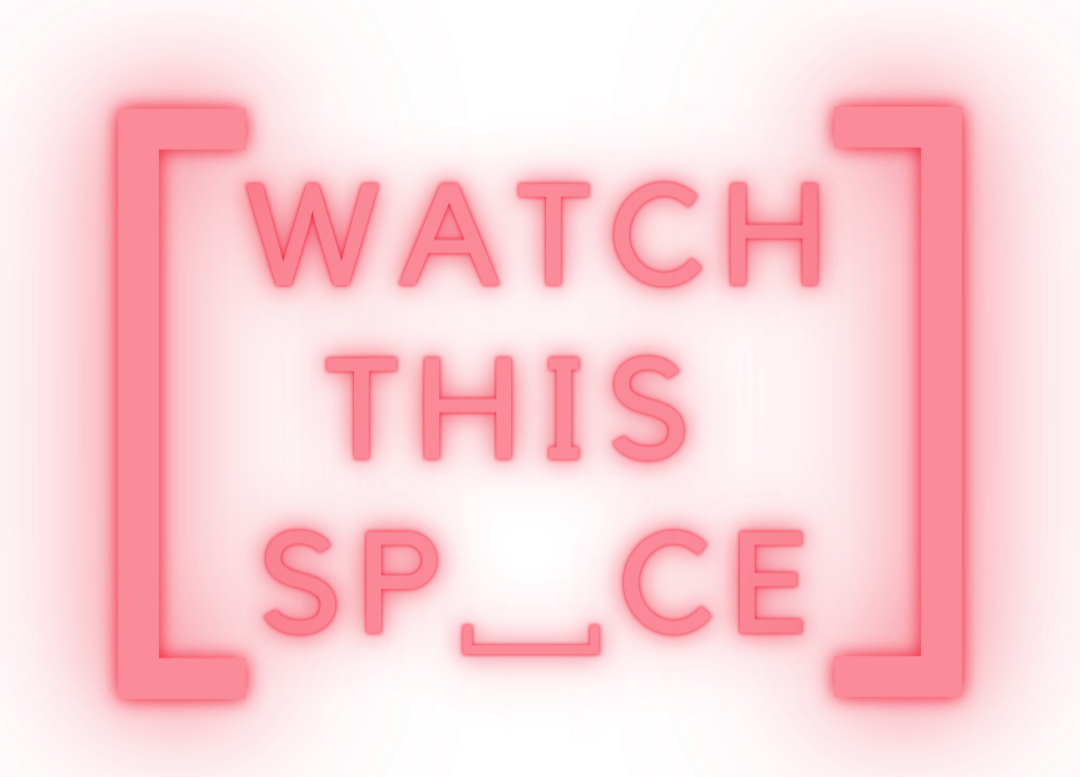By 2025, Millennials (those born between 1981-1996) will make up 75% of the global workforce. With Gen Z (those born after 1996) set to represent more than 1 billion of the global workforce by 2030, it is clear that the values of these upcoming generations should be taken into grand consideration when shaping the world of work.
Gen Zs are said to be true digital natives, which offers more than just being tech-savvy. They are used to self-educating, sharing information at speed, and are comfortable with analytical thinking at a growing rate. In the workplace, both Gen Z and Millennials are pragmatic and idealistic. They tend to value financial incentives and a need for security. Despite spending more time on their phones, they also value collaborative in-person approaches. In a 2018 report by Deloitte, they found that Millennials highly prioritise a work/life balance. On the other hand, Gen Zs are a bit more experimental and curious. What ties these two generations together is the fact that they both want to challenge the status quo. This means that flexible, cross-functional teams and workplace cultures are to be ever-evolving and adaptable to suit their needs.
The emphasis on diversity and inclusion comes into play for various reasons. 56% of Gen Z in the UK are hesitant to take on a role from a company that does not have diverse leadership. In Deloitte’s 2021 report, they found that 44% of millennials and 49% of Gen Zs have made work-related choices based on their personal ethics over the past two years. The impact of Covid-19 has forced many people to reckon with their personal and cultural environments. There has been a rapid growth in social justice movements, such as the Fridays For Future climate strikes, which were organised and led by over one million young people worldwide, as well as the ongoing Black Lives Matter movement. Political and social justice issues remain a strong part of youth culture, which impacts the world of work. It is imperative that organisations and businesses, big and small, are prepared for this.
So what can companies and businesses do? Let’s weigh in the Dos and Don’ts.
Here’s the most important Don’t:
Avoid tokenism and performative allyship at all costs. Tokenism is using diverse representation simply for diverse representation’s sake. This could look like deliberately using the one minority staff member in your company to be the face of a photoshoot just to give the sense that your company is diverse when that is not the case. Performative allyship is painting your offices in rainbow colours during Pride Month and then continuing to apply a recruitment process that excludes people from the LGBTQ+ community.
Millennials and especially Gen Zs can smell performative allyship from a mile away. With everything adapting to fit onto the digital landscape, it is more than easy for businesses to clamber onto the latest ‘social justice trend’. But real allyship and inclusion are governed by accountability, a commitment to learning from mistakes and taking the time to educate oneself.
Here are three things that companies and businesses can do to respond to the growing need for better diversity and inclusion practices in the world of work.
Rethink your recruitment processes and outreach
How inclusive and accessible are your recruitment and processes? Do you only recruit people from a specific platform? Make sure you are creating content that is accessible – from the language you use to the colours on your website. Many companies, like Madgex, help you create inclusive job advertisements and attract more diverse candidates. Is your language biased towards a specific gender or racial demographic? Are you actively seeking out a diverse range of candidates? Remember, different ideas come about through different voices.
Bring diversity into your workplace culture
Does your company normally encourage “drinks on a Friday” or only organise meetings that are split up between leadership teams and the rest of your staff? You could be unknowingly creating a workplace culture that is subtly exclusive or just not catered to every demographic. Foster a more inclusive workplace culture by making sure that everyone feels a sense of belonging. This could be through creating monthly feed-in sessions for all employees to check in on their levels of happiness or inclusion, or by organising multiple leisure activities.
Develop a style guide and focus on inclusive language
Not knowing the “right” things to say is holding a lot of people back. The fear of saying the wrong thing often means that people avoid saying anything at all. This encourages stagnancy and enables people to remain in their comfort zone. Actively engage with businesses that are dedicated to diversity and inclusion. Use their resources and look at the language they are using to develop your own company style guide. The words you use regularly can have an impact on the clients and employees you are attracting. Be open to the fact that language is not fixed, and that as it evolves, we also have to evolve with it too.
Adapting your diversity and inclusion practices to cater to the values of those who will make up the majority of the world of work involves being open. If this has given you some food for thought, try our Inclusion Quiz to see where your organisation is. Have a look at our Inclusion Audit to help you review where you are and the actions you need to take. Or if you want to have a chat with us about all of this, send us an email to hello@watchthisspace.uk
